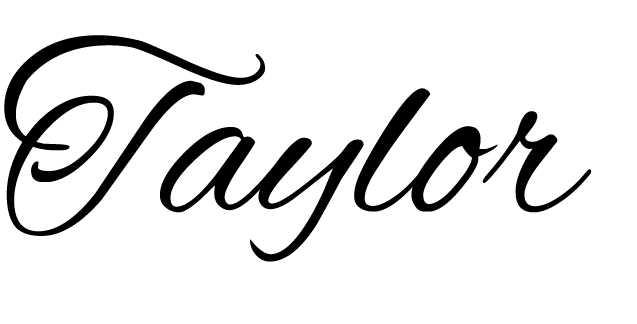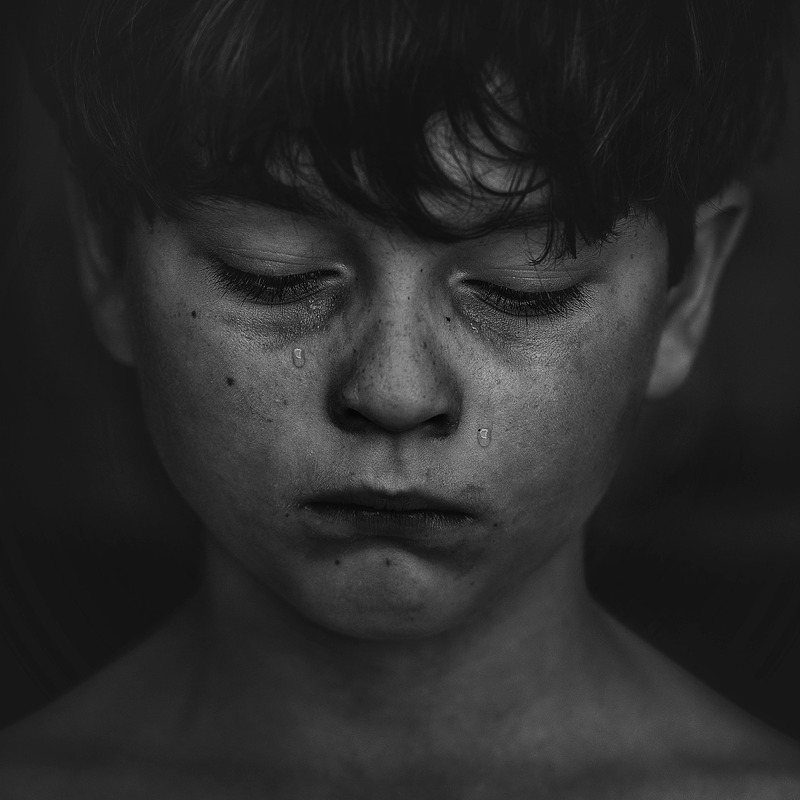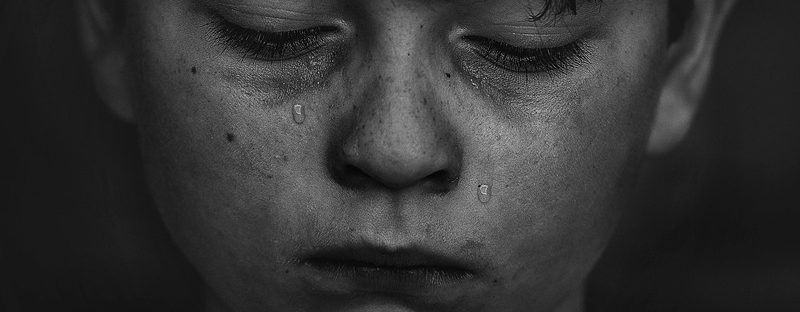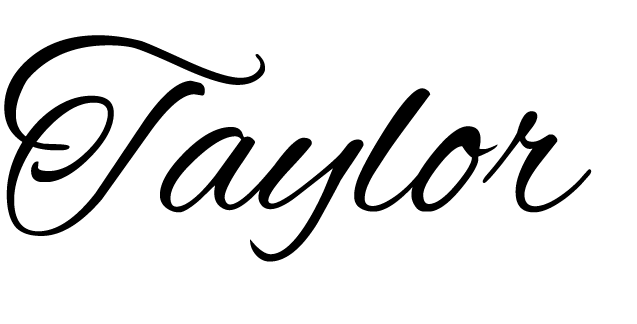Lately I have been spending a bit of time trying to come to terms with the definitions of guilt and shame and just exactly how they are different. In my recent post entitled “Shame” I mention in his book entitled “Angry Men and The Women Who Love Them” Paul Hegstrom states the difference between the two is that “Guilt is about your behavior. Shame is about you”. Shame attacks the person and damages the heart, often permanently.
Several years ago I remember reading a Parade Magazine article by Dr. Joyce Brothers entitled “Shame May Not Be So Bad After All” where she discussed the concepts of guilt and shame. Up until that point I really had not given either much thought. And, I would have to say I really thought they meant the same thing. Dr. Joyce Brothers pointed out how “Shame became an accepted way of making kids conform to society’s standards while ignoring the bad feelings it could inflict”.
We have all heard those horror stories of how a mean old teacher from days gone by purposely embarrassed a student in front of his classmates, causing public humiliation, thus assuring said behavior would not ever occur again. In her article Dr. Joyce Brothers made reference to probably the most famous and one of the most horrific experiences that could have happened. And certainly such tactics worked well, not only causing shame but fear in the fellow classmates, fear of the same humiliation should they be caught in a similar embarrassing situation in the near future.
She also pointed out “Shame seems to be even more powerful than guilt, though the two emotions are linked.” So what is the real difference between guilt and shame? Guilt is realizing “that you have done something wrong”. Okay, this makes sense. And shame then “is feeling that there’s something wrong about you.” And this is why using shame is damaging . Shame is meant to humiliate to emotionally control. Shame does not teach and instruct but destroys the self-esteem while creating fear.
Remember a major part of rearing children is that of instructing and disciplining in order to develop their character and behavior. I think guilt is a driving force behind character building and integrity, guilt is what properly handled punishment is all about. Guilt as Dr. Joyce Brothers pointed out is “Good Shame” as it “is an experience that is instructive”. In other words it is teaching a child to take responsibility, to feel responsible for their behavior, it encourages the person to want to do good and become a better person. It is to teach the child to be responsible for their behavior and how there are consequences when they are not. It encourages realizing the need to try harder to change for the better. Even as adults we need correcting and instruction as these are beneficial to our learning and growing and improving ourselves. Rules are an essential part of society to make life as fair as is possible for all involved.
The real difference between guilt and shame is that of not humiliating but lovingly uplifting and truly wanting to help improve the character of the person. It all comes down to the intentions, well meant or not. Good shame or guilt says hey, you can do better and let me help you understand how.


Hope you enjoyed reading this post and will consider sharing your thoughts, following me on social media and subscribing to my blog.
This post may contain affiliate links for which we may earn compensation when you click on the links at no additional cost to you.




